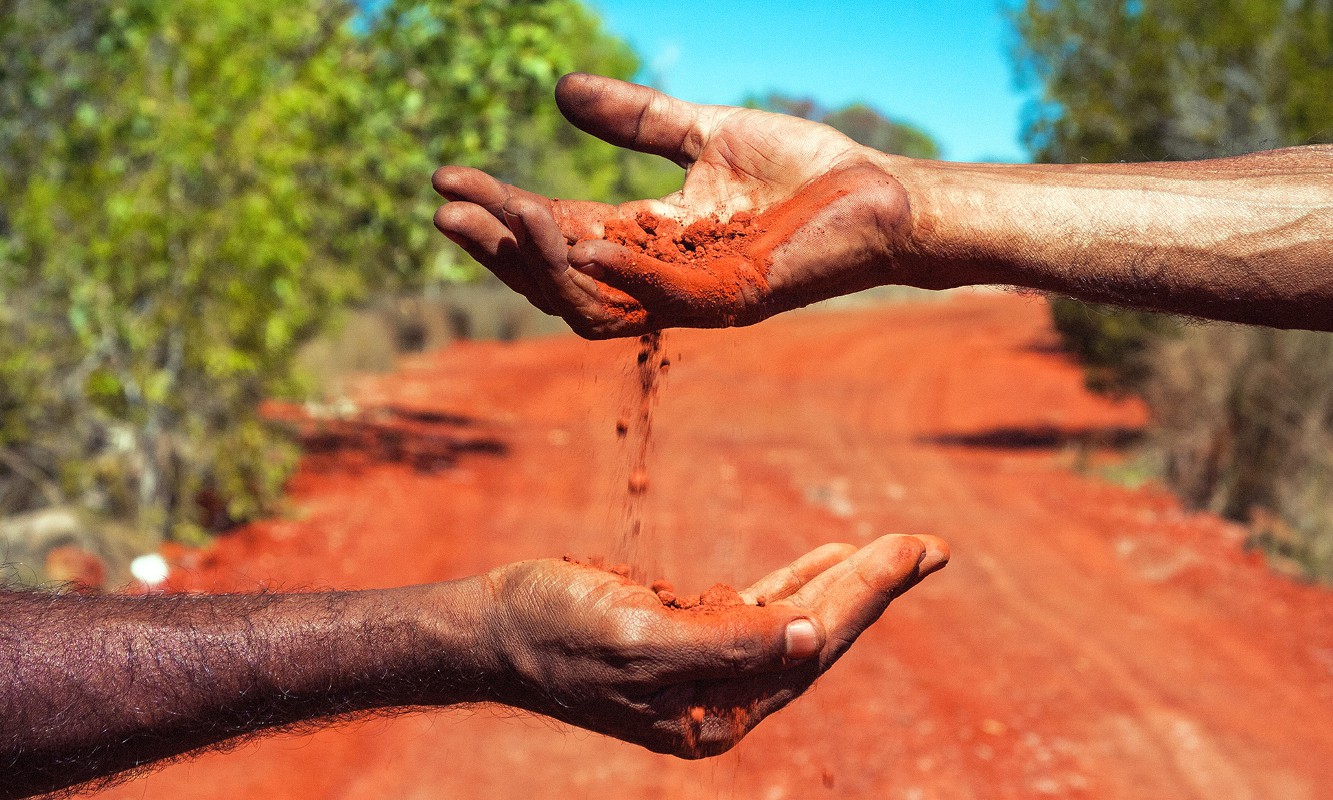The United Nations Declaration on the Rights of Indigenous Peoples (Declaration) was adopted by the UN General Assembly on Thursday 13 September 2007.
Fifteen years on, the Declaration continues to be recognised as the most comprehensive international instrument on the rights of indigenous peoples, and represents an authoritative common understanding, at the global level, of how governments should engage with and respect the rights of indigenous peoples.1
The Declaration contains 46 substantive articles and 24 preambular paragraphs, which together establish a framework of minimum standards for the survival, dignity and well-being of indigenous peoples.2
Importantly, the Declaration does not provide indigenous peoples with a set of special rights, but rather, it “provides a contextualized elaboration of general human rights principles and rights as they relate to the specific historical, cultural and social circumstances of indigenous peoples”.3
In the Australian context, then, the Declaration is particularly significant, in that it provides Australian governments with an authoritative set of standards and principles to inform how they engage with and protect the rights of Aboriginal and Torres Strait Islander peoples, while recognising their distinct historical, cultural and social circumstances.
Since colonisation, Aboriginal and Torres Strait Islander peoples have faced systemic discrimination in pursuit of their basic human rights. Accordingly, the standards affirmed in the Declaration serve to address the inequity arising from colonisation.
In particular, the Declaration enshrines the right to self-determination,4 an imperative to ensuring indigenous communities are able to meet their social, economic, and cultural needs.5 Without self-determination, it is not possible for Aboriginal and Torres Strait Islander peoples to overcome the legacy of colonisation and dispossession.6
Despite the significance of the Declaration, the Australian Government voted against its adoption in 2007. Australia formally adopted the Declaration in 2009, following a change of government.
Since then, a number of peak bodies have criticised the Australian Government for failing to comprehensively and meaningfully incorporate the Declaration into domestic law, policy and practice.7 Notably, the Law Council of Australia, in a recent submission to the inquiry into the Application of the United Nations Declaration on the Rights of Indigenous Peoples in Australia, formed the view that “Australian governments and parliaments are yet to recognise and implement [the Declaration’s] standards and protections domestically in a formal and comprehensive, as opposed to piecemeal, manner”.8
At the international level, the Committee on the Elimination of Racial Discrimination has called for the Australian Government to “respect and apply the principles enshrined in the [Declaration], and consider adopting a national plan of action to implement these principles”.9
In line with the committee’s recommendation, Queensland Law Society, in consultation with Aboriginal and Torres Strait Islander peoples, has strongly advocated for the meaningful incorporation of the Declaration into domestic law, policy and practice.10
In particular, QLS has advocated for a range of reforms at the state and commonwealth level to bring Australia’s laws, policies and practices in line with the standards and protections provided in the Declaration.
In the 2022 Federal Election – Call to Parties Statement, QLS called on the Australian Government to:
- Implement the Declaration into law, policy and practice, including engaging with First Nations people to develop a National Action Plan to implement the Declaration.
- Audit existing laws, policies and practice for compliance with the Declaration.
- Amend the Human Rights (Parliamentary Scrutiny) Act 2011 (Cth) to require an assessment of compatibility with the Declaration.
- Consider establishing an oversight body with robust powers to investigate and make referrals for prosecution, as required, in relation to deaths in custody.
Given the continued prevalence of Aboriginal and Torres Strait Islander deaths in custody,11 QLS also supported the creation of an oversight body with investigatory powers at the state level, as well as an independent First Nations Ombudsman to receive and resolve complaints from Aboriginal and Torres Strait Islander peoples who are impacted by decisions of public authorities.12
QLS has also called on the Australian Government to hold a referendum to establish a constitutionally enshrined First Nations Voice to Parliament, as called for in the Uluru Statement from the Heart.13 In this respect, QLS welcomes the Australian Government’s commitment to implementing the Uluru Statement from the Heart, including a referendum on a First Nations Voice to Parliament.
The Law Council of Australia has also recently supported the Australian Government’s commitment to implement the Uluru Statement from the Heart, and has submitted that a constitutionally enshrined First Nations Voice to Parliament can be “contextualised as consistent with – indeed, a manifestation of – the right to self-determination, and, in this respect, considered an avenue of applying and enlivening the principles and rights of the [Declaration]”.14
QLS supports a referendum to establish a constitutionally enshrined First Nations Voice to Parliament, and a model that is consistent with accepted human rights frameworks and principles, including those enshrined in the Declaration.
QLS acknowledges that the Declaration is not a panacea for the systemic disadvantage experienced by Aboriginal and Torres Strait Islander peoples, and will continue to advocate for broader, more holistic reforms to promote and protect the rights of Aboriginal and Torres Strait Islander peoples.
Yale Hudson-Flux is a graduate solicitor at Queensland Law Society. Jaime Gunning is a Legal Assistant in the QLS Legal Policy Team.
Footnotes
1 Australian Human Rights Commission, UN Declaration on the Rights of Indigenous Peoples; Law Council of Australia, Time to enshrine a First Nations Voice to Parliament.
2 United Nations, United Nations Declaration on the Rights of Indigenous Peoples; Australian Human Rights Commission, UN Declaration on the Rights of Indigenous Peoples – Fact Sheet 1: Overview.
3 James S Anaya, Report of the Special Rapporteur on the Situation of Human Rights and Fundamental Freedoms of Indigenous People [86].
4 United Nations, United Nations Declaration on the Rights of Indigenous Peoples art. 3; Australian Human Rights Commission, UN Declaration on the Rights of Indigenous Peoples.
5 Australian Human Rights Commission, Right to self determination.
6 Ibid.
7 Law Council of Australia, Inquiry into the Application of the United Nations Declaration on the Rights of Indigenous Peoples in Australia; Australian Human Rights Commission, Implementing UNDRIP; Australian Human Rights Commission, Australia’s Second Universal Periodic Review.
8 Law Council of Australia, Inquiry into the Application of the United Nations Declaration on the Rights of Indigenous Peoples in Australia.
9 Committee on the Elimination of Racial Discrimination, Concluding observations on the eighteenth to twentieth periodic reports of Australia.
10 See, for example, Queensland Law Society, 2022 Federal Election – Call to Parties Statement; Queensland Law Society, Indigenous Voice Proposals (2021); Queensland Law Society, Call to Parties Statement – Queensland State Election 2020; Queensland Law Society, Human Rights Bill 2018; Queensland Law Society, Children and young people’s issues.
11 Australian Institute of Criminology, Deaths in custody in Australia 2020-21.
12 Queensland Law Society, Call to Parties Statement – Queensland State Election 2020.
13 Queensland Law Society, 2022 Federal Election – Call to Parties Statement.
14 Law Council of Australia, Inquiry into the Application of the United Nations Declaration on the Rights of Indigenous Peoples in Australia.















Share this article